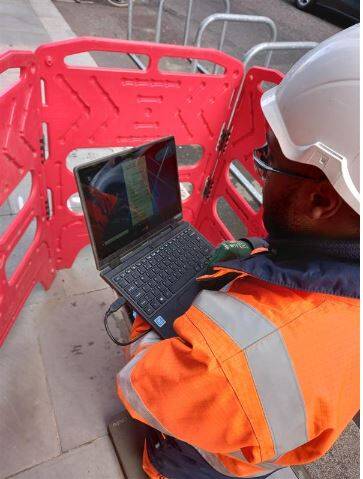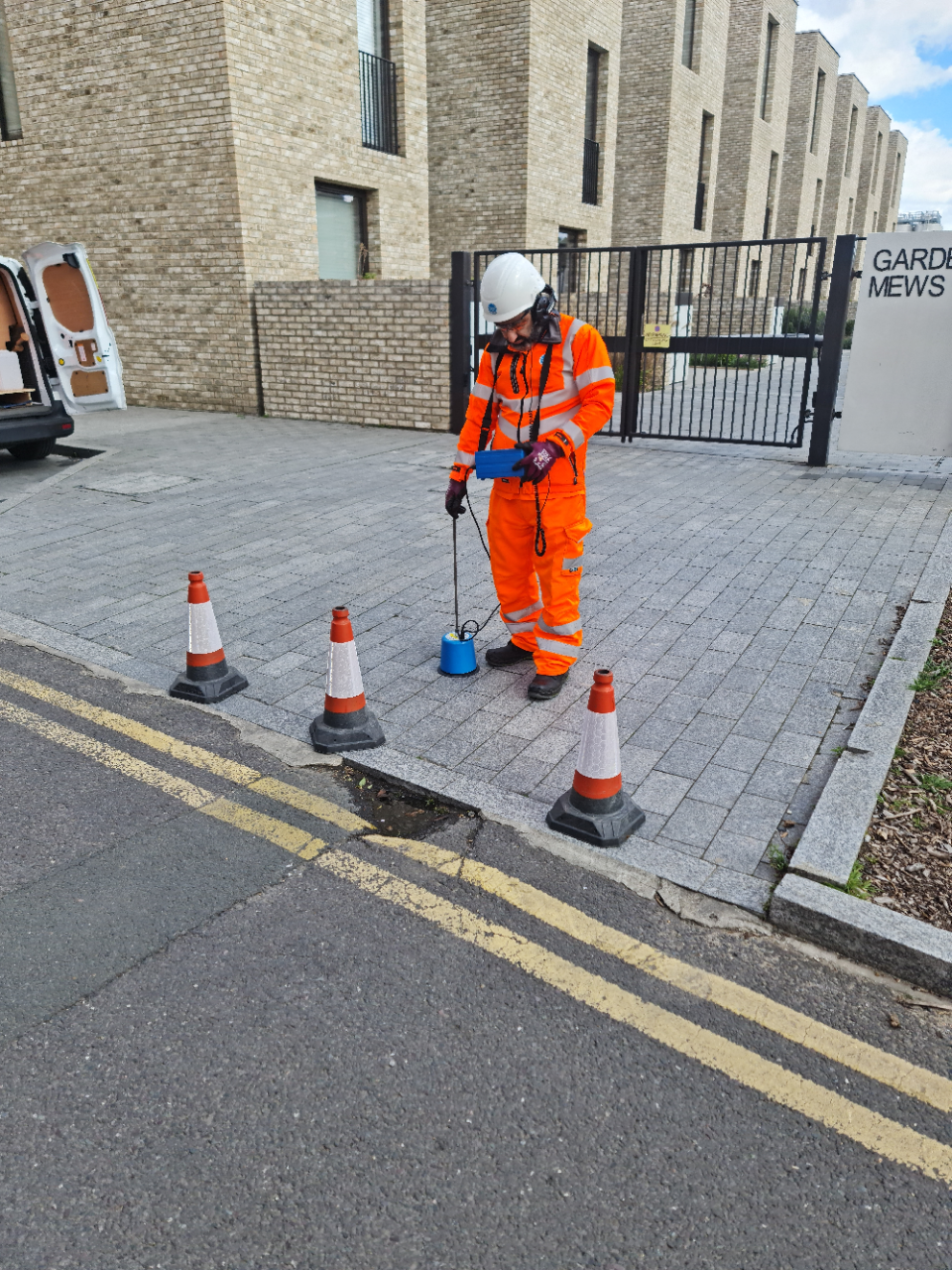You’ve reached your limit!
To continue enjoying Utility Week Innovate, brought to you in association with Utility Week Live or gain unlimited Utility Week site access choose the option that applies to you below:
Register to access Utility Week Innovate
- Get the latest insight on frontline business challenges
- Receive specialist sector newsletters to keep you informed
- Access our Utility Week Innovate content for free
- Join us in bringing collaborative innovation to life at Utility Week Live

Yorkshire Water will join forces with Hydraulic Analysis and Morrisons Water Services to roll out leakage and digital twin technology across major towns and cities as part of a £28 million effort to halve leakage by 2050.
The trio will deploy predictive leakage technology to 20 hotspot areas across the Yorkshire region, mostly based in city centres and large towns where volume of customers, traffic noise and complex supply arrangements make the resolution of background noise, consumption, and leakage detection difficult.
 The partners will install flow meters, pressure sensors sampling at a high frequency, and acoustic loggers, all of which will be underpinned by surge analysis and flow assurance expert Hydraulic Analysis’ digital twin which uses near real time data to power a hydraulic model of Yorkshire Water’s network.
The partners will install flow meters, pressure sensors sampling at a high frequency, and acoustic loggers, all of which will be underpinned by surge analysis and flow assurance expert Hydraulic Analysis’ digital twin which uses near real time data to power a hydraulic model of Yorkshire Water’s network.
The trial hopes to prevent 1.7 million litres of water leakage across Yorkshire’s network – which serves more than five million customers, the millions of people who visit Yorkshire each year, and 140,000 businesses – every day.
According to Adam Smith, manager of smart networks and metering transformation at Yorkshire Water, the project has the potential to “fundamentally change” the level of service and reduce leakage in some of the firm’s most challenging locations.
“The technology we will deploy in this project helps us to reduce costs, whilst saving carbon and delivering our key objectives,” he explained.
Lee Wood, contract director at Morrison Water Services, agreed that the partnership could achieve fundamental change, while minimising disruption on the network and keeping water flowing to customers’ homes and businesses across the Yorkshire Water region.
“Our use of this innovative digital technology has proven to be cost and time effective,” he said. “Predicting leakages and bursts means fewer emergency excavations and more proactive action to tackle leakage in ways which are good for reducing costs, saving carbon, and delivering better outcomes for the people of Yorkshire.”
Leakage repair needs innovation focus
 This news comes after a panel of experts told Utility Week Live that innovation around leakage reduction has driven greater awareness of the need to locate bursts, but that repair technologies need improvement to help drive down rates.
This news comes after a panel of experts told Utility Week Live that innovation around leakage reduction has driven greater awareness of the need to locate bursts, but that repair technologies need improvement to help drive down rates.
As reported by Utility Week Innovate, leakage was heavily emphasised in PR19, with Ofwat setting progressive reduction targets for all companies, which has spurred a focus on innovation.
Sam Bright, innovation programme manager at Yorkshire Water, told Utility Week Live about results from an ongoing smart network pilot in Sheffield where the company installed a fully integrated platform with real-time informed hydraulic model simulator in the area of 80,000 customers, using narrow band internet of things (NB IoT) and fixed network systems.
The set-up provided 15-minute reads every four hours and within high intensity monitoring areas reduced leakage by 32%, while visible leaks were cut by 57%. The company saw mains repairs reduced by 27.6% and associated carbon dioxide was cut by 41%.
Bright explained that the experience has highlighted the benefits of using digital twins to tackle leakage, adding Yorkshire would target the same approach in other high-leakage areas across its region.




Please login or Register to leave a comment.